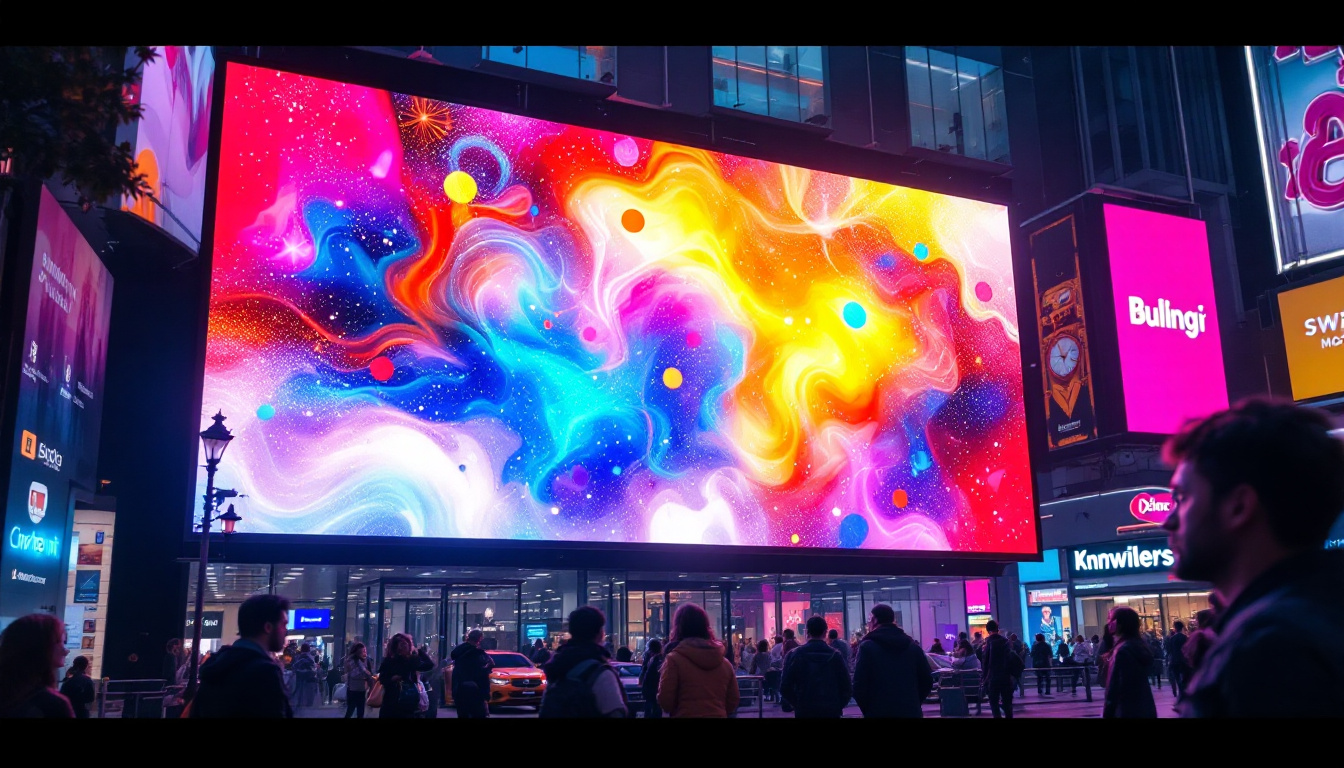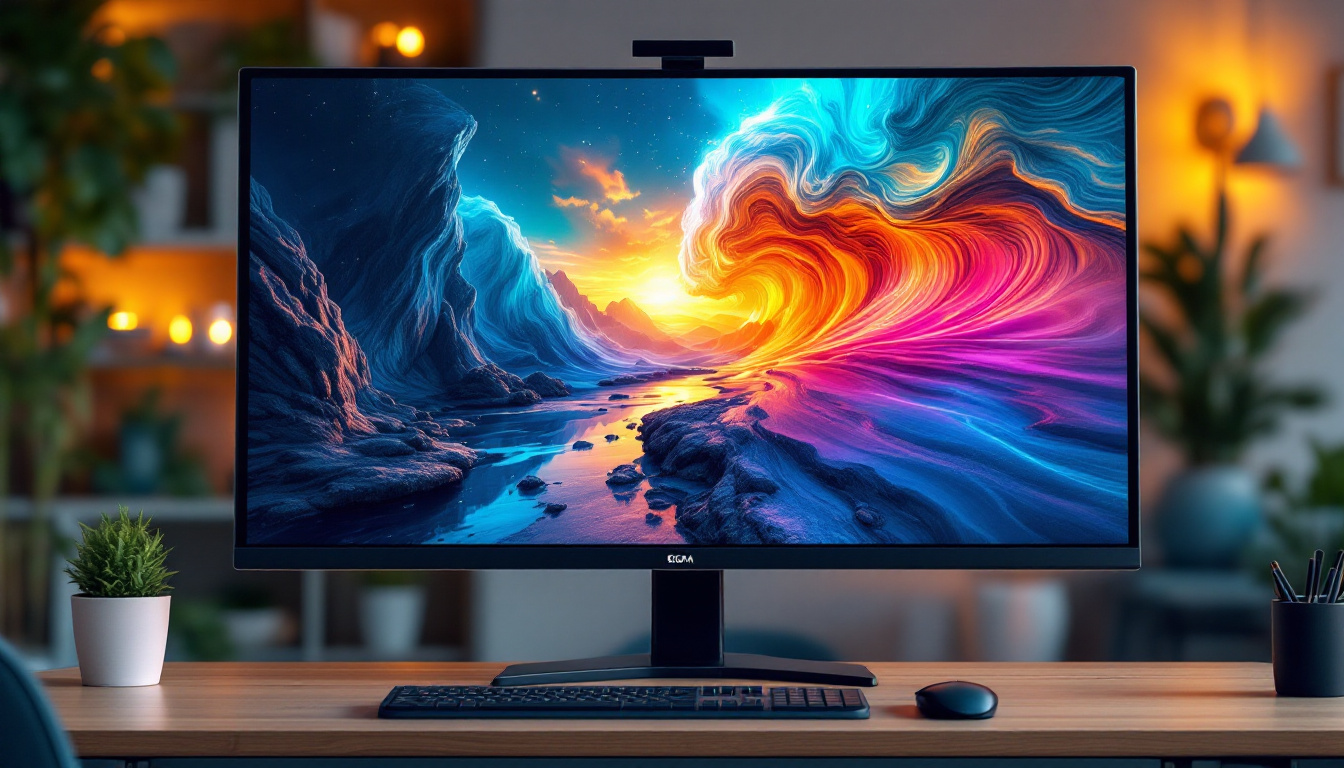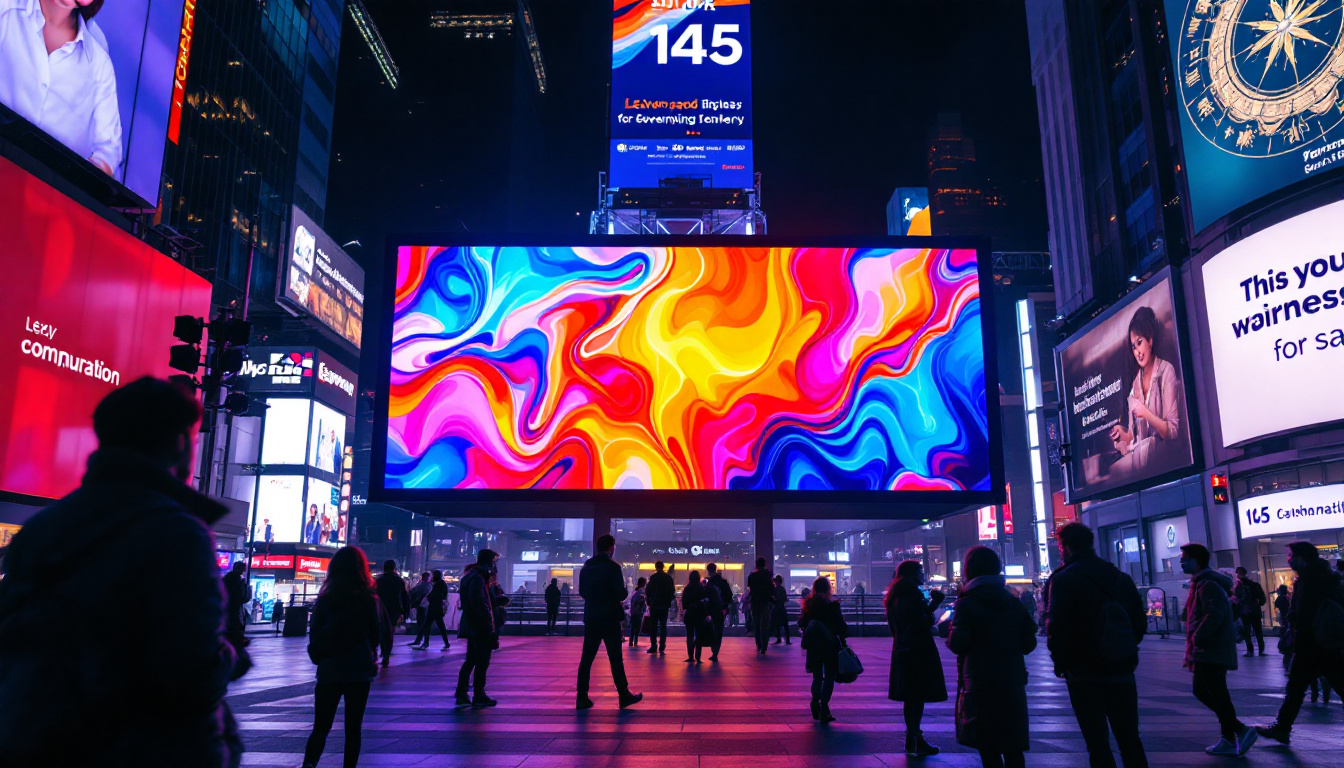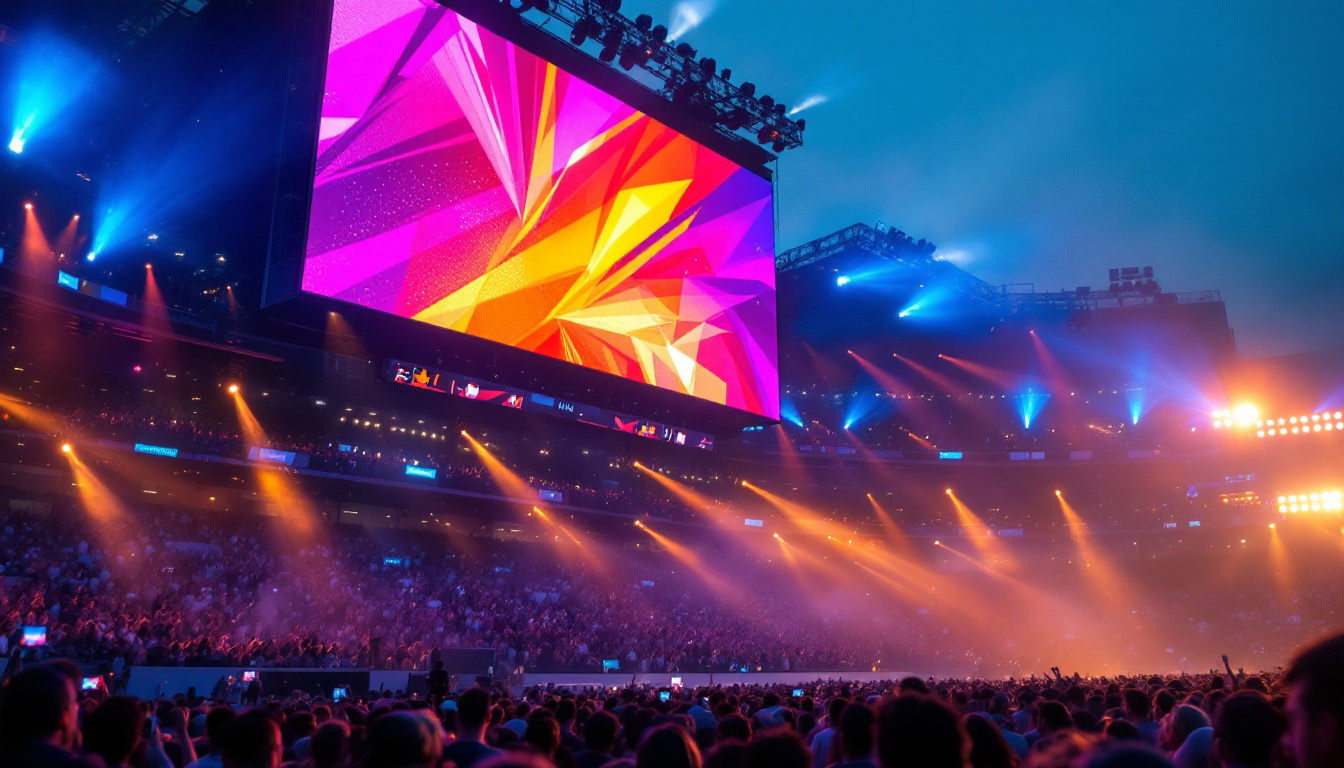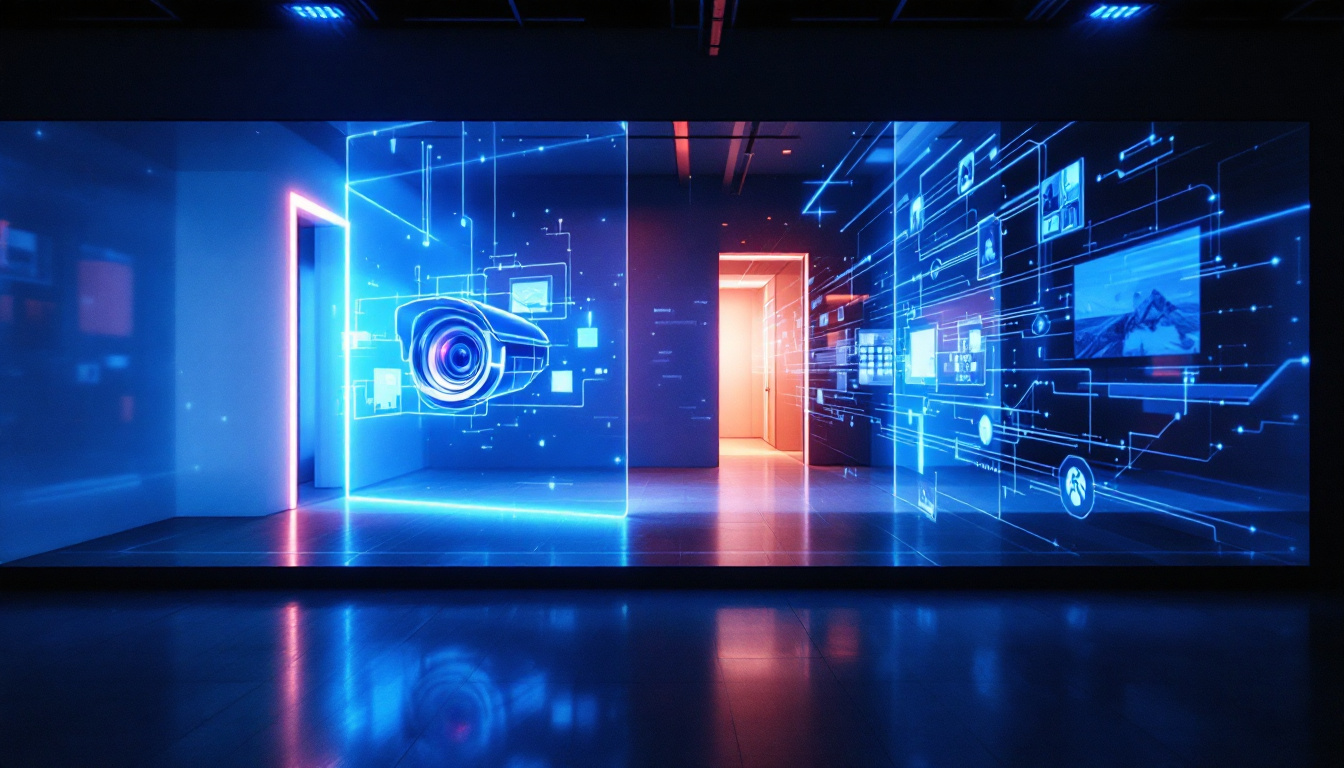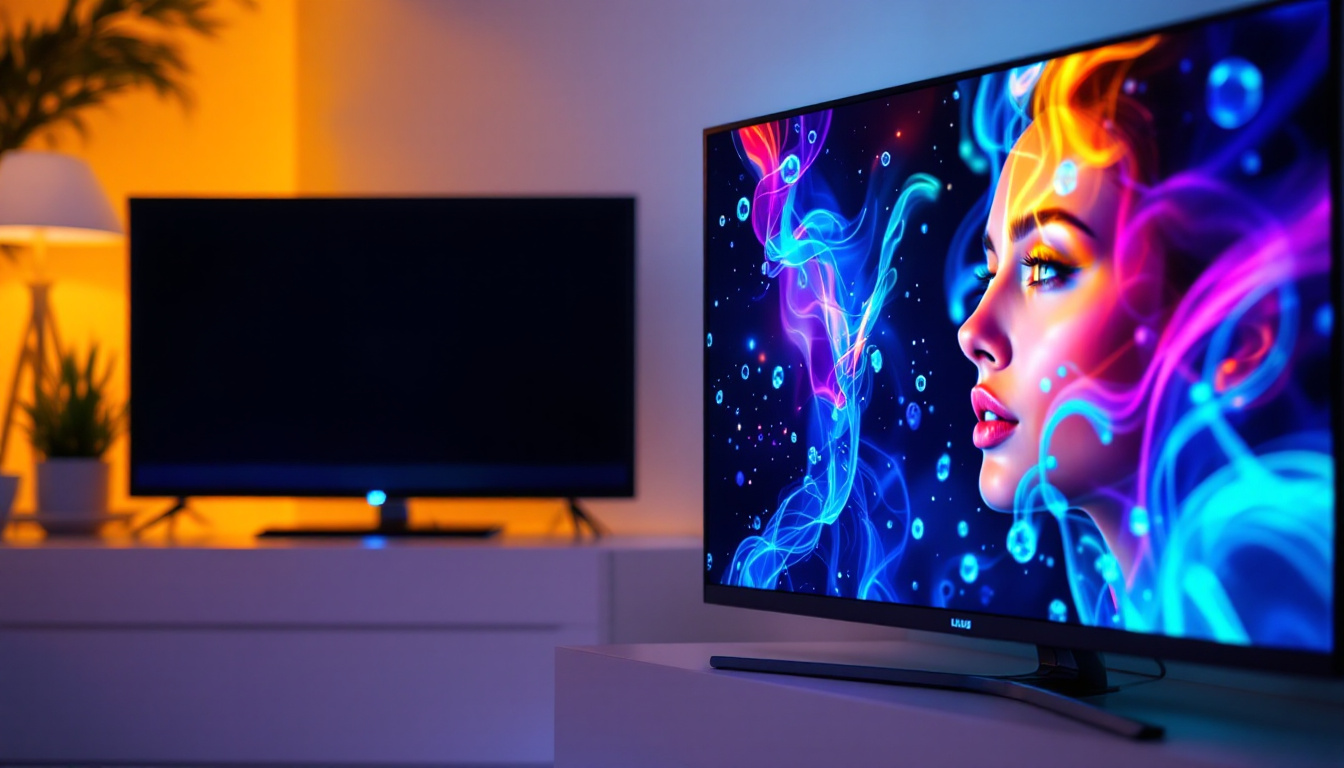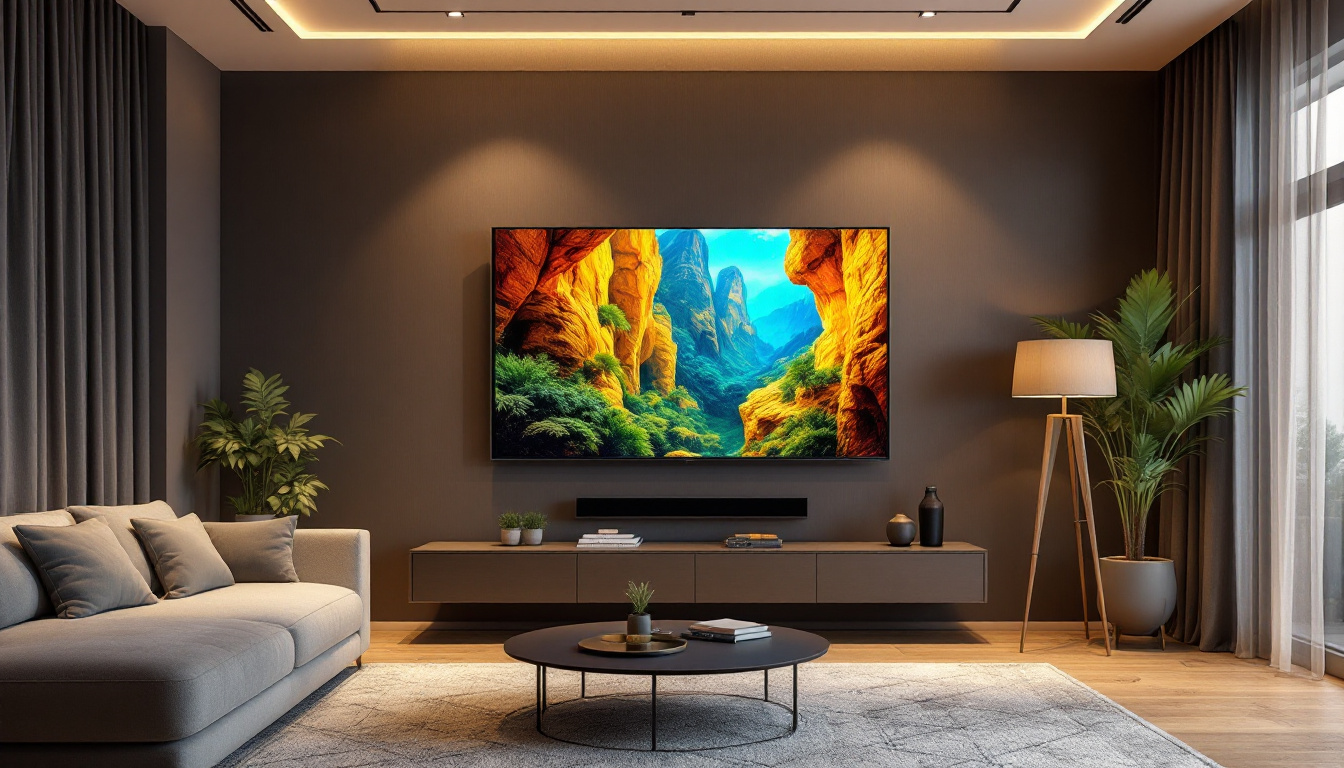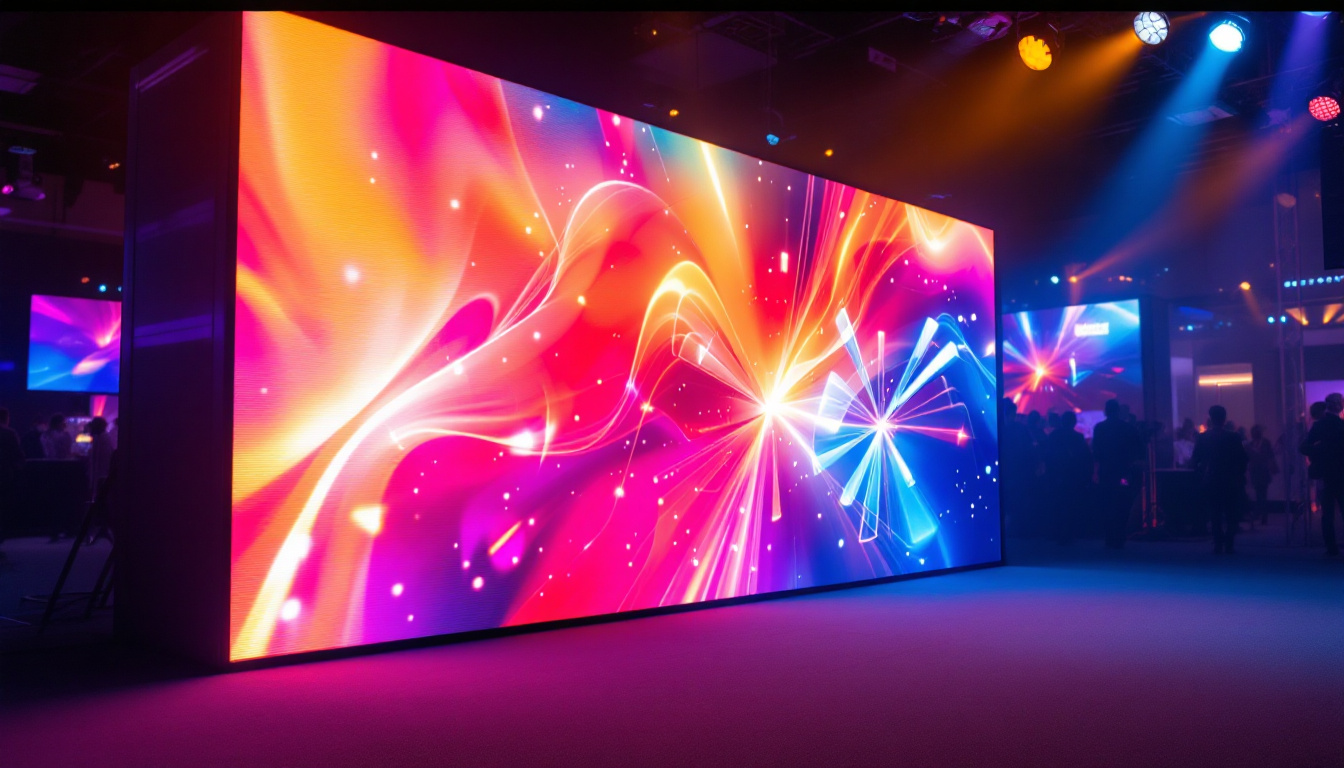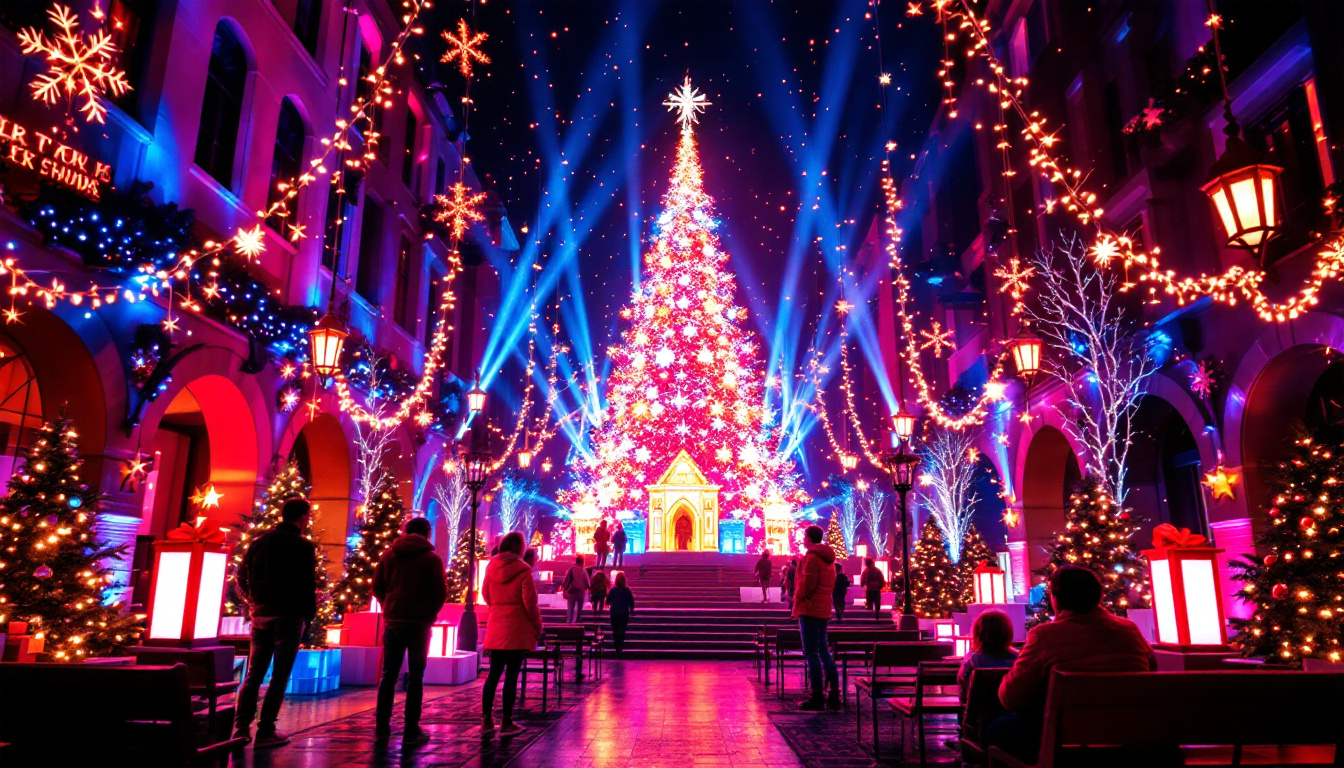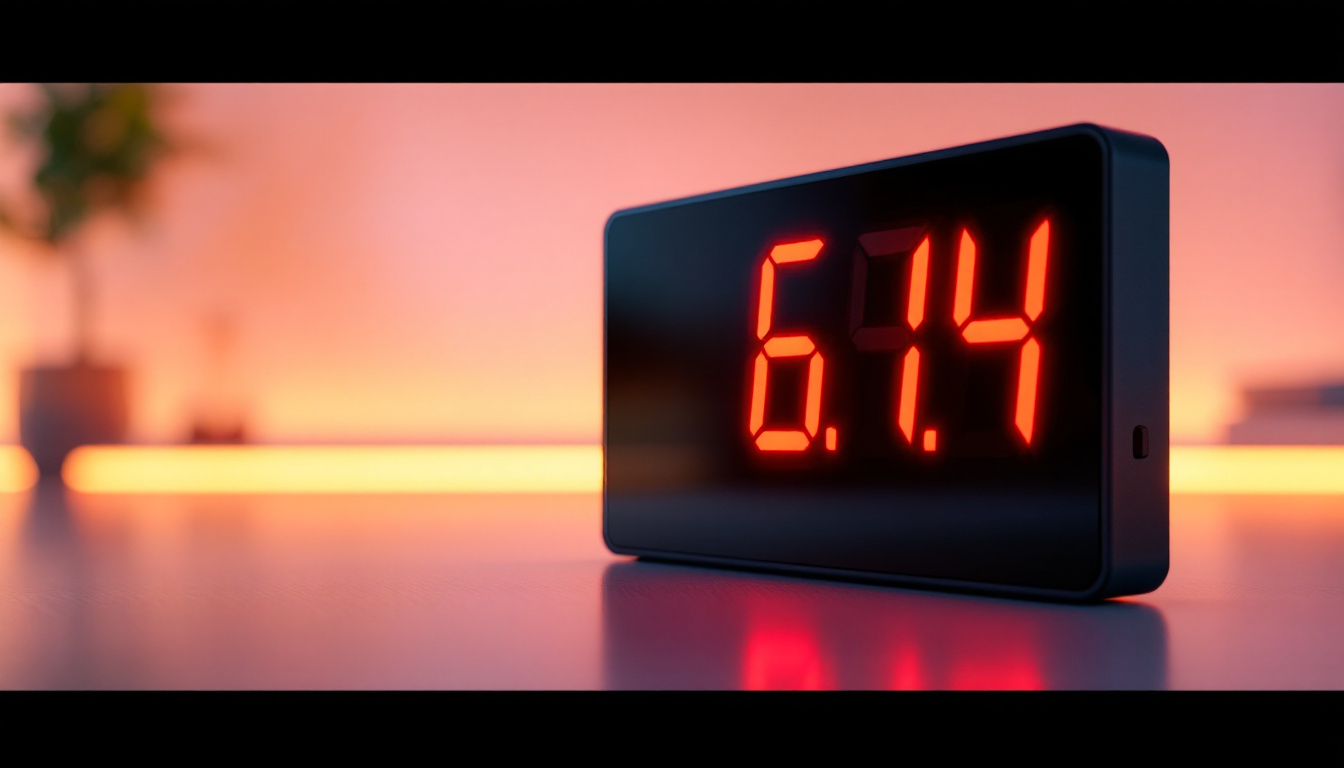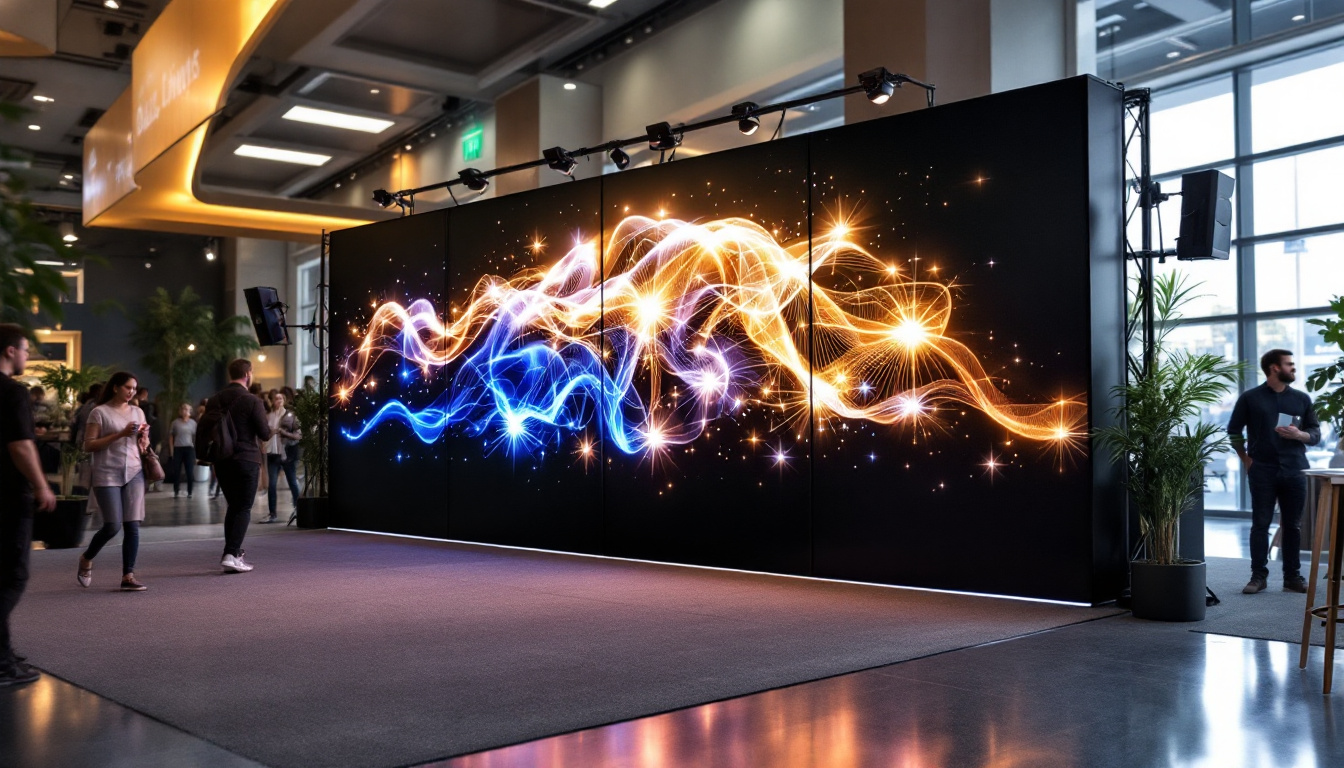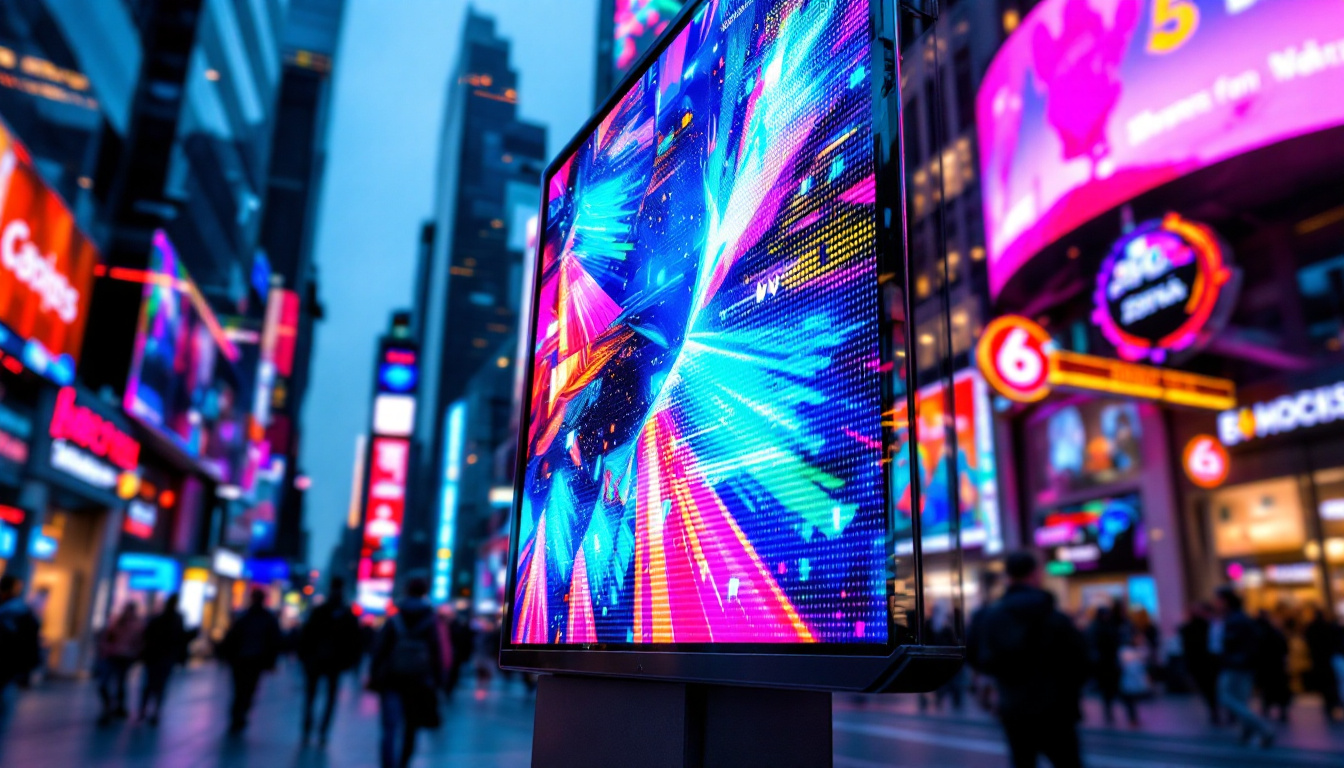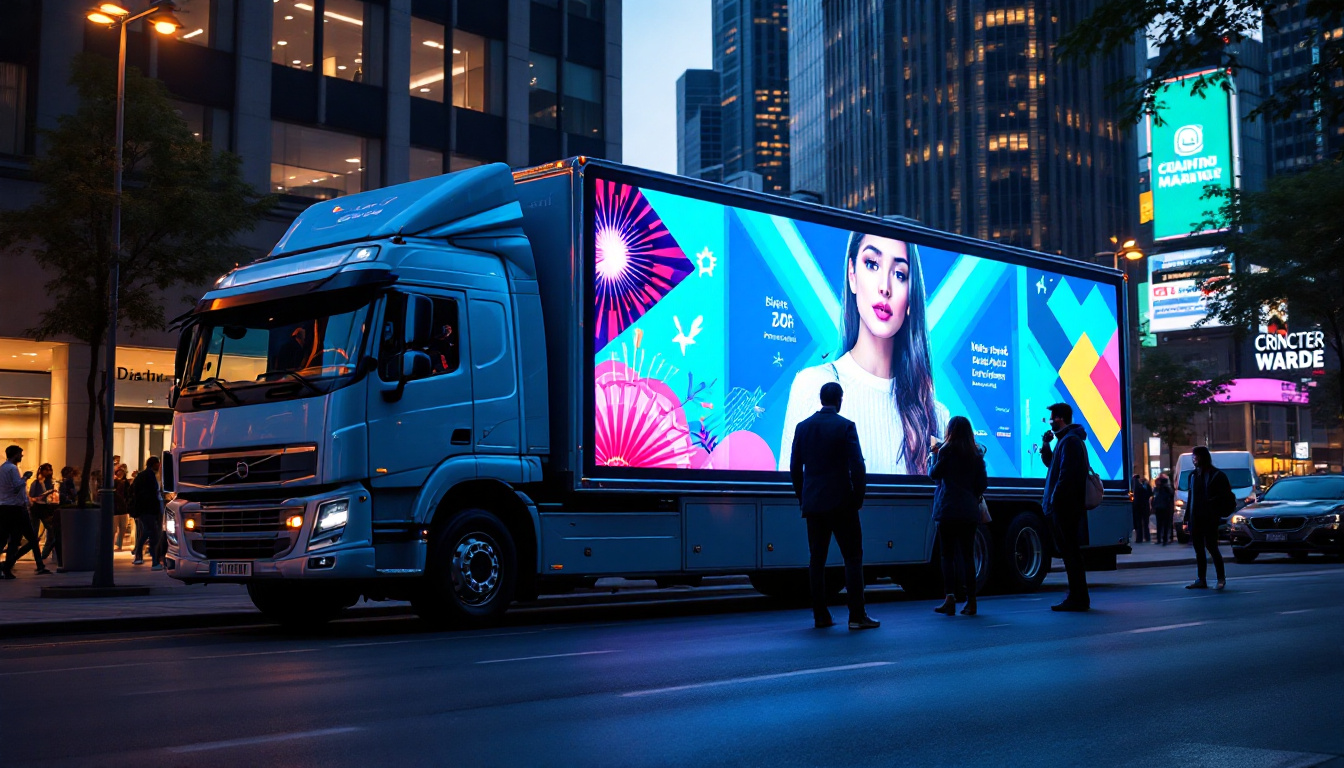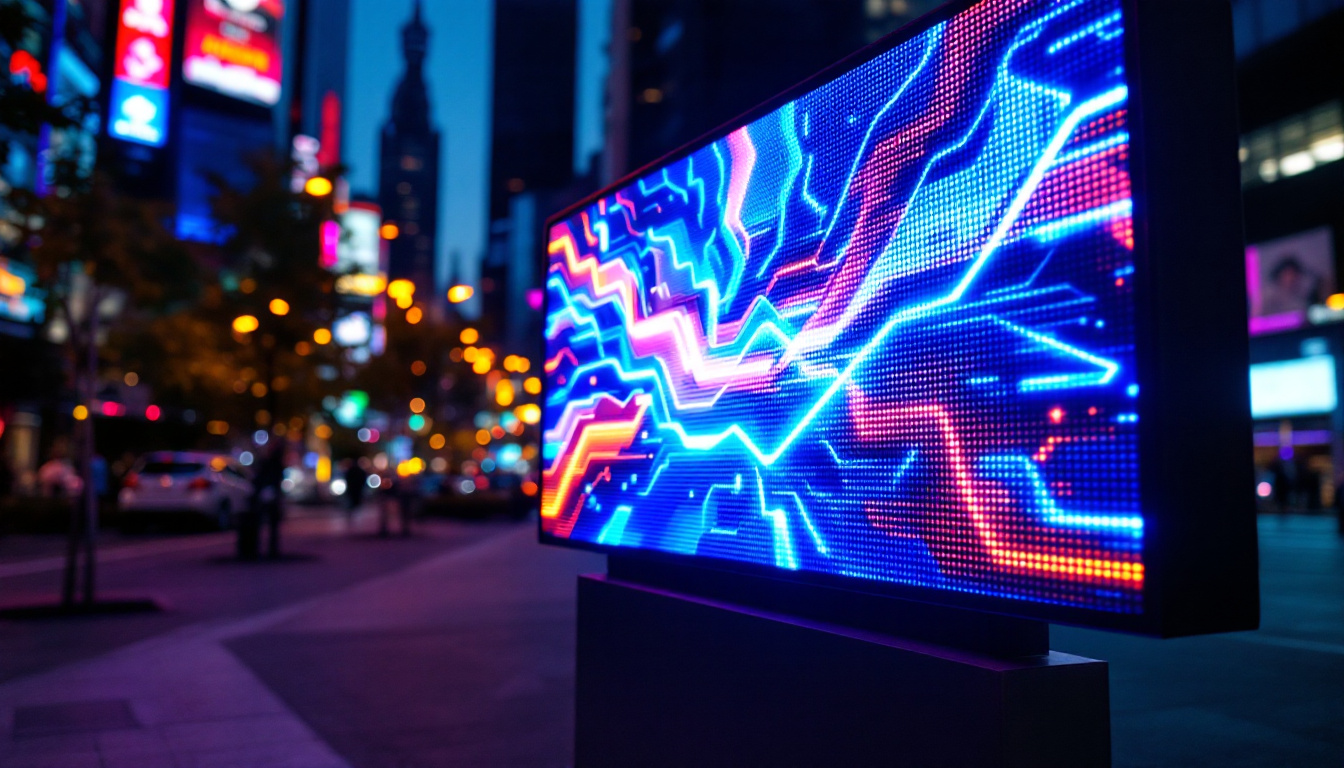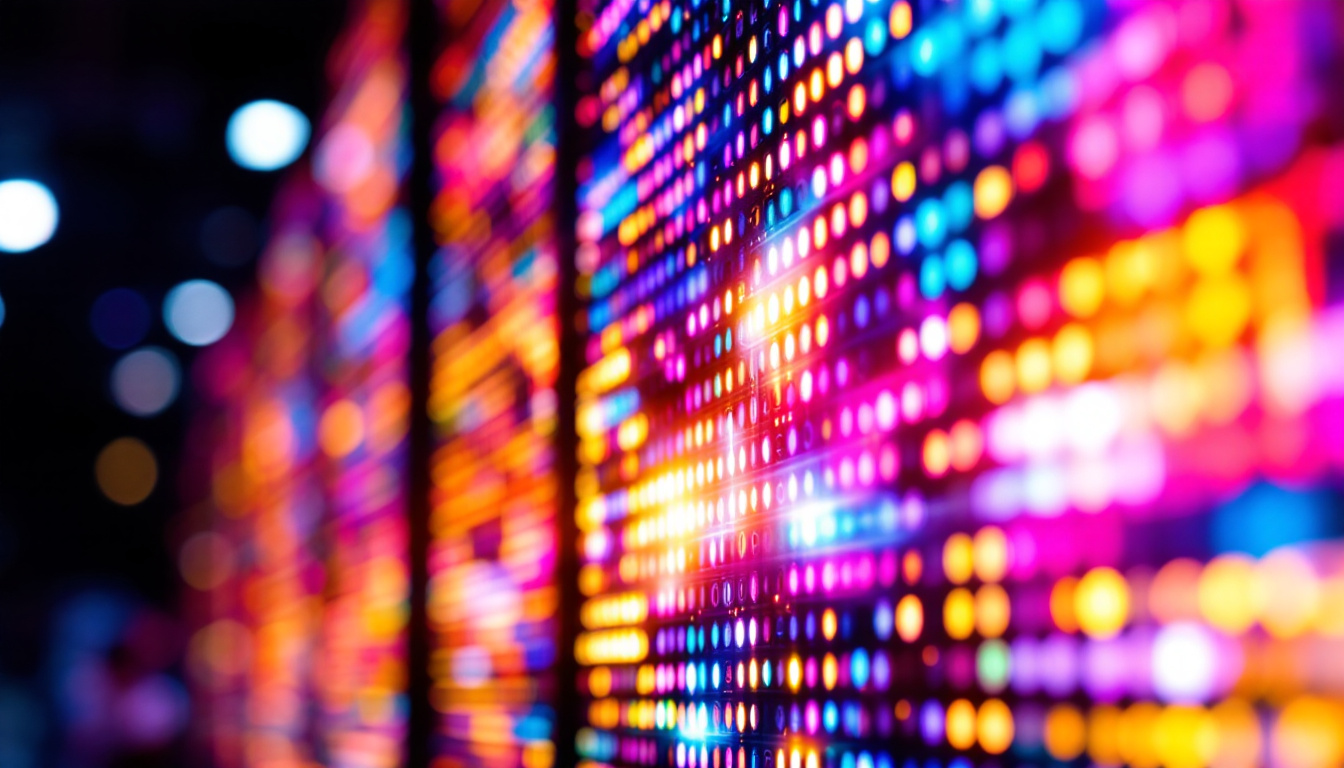Time Square, the heart of New York City, is renowned for its vibrant atmosphere and iconic LED displays. These large-scale advertisements not only capture the attention of millions of passersby but also serve as a powerful marketing tool for businesses. Understanding the pricing structure of LED displays in this bustling locale is essential for any brand looking to make an impact. This article delves into the factors that influence advertising prices in Time Square, the types of displays available, and strategies for maximizing advertising effectiveness.
The Landscape of Time Square Advertising
Time Square is often referred to as “The Crossroads of the World,” and for good reason. With over 50 million visitors annually, it is a prime location for brands seeking visibility. The area is filled with a variety of advertising formats, but LED displays stand out due to their dynamic nature and ability to engage audiences effectively.
Types of LED Displays
LED displays in Time Square come in various shapes and sizes, each catering to different advertising needs. The most common types include:
- Large-format Billboards: These towering displays can reach heights of over 100 feet and are strategically placed for maximum visibility.
- Digital Screens: Often integrated into buildings, these screens can change content frequently, allowing for real-time advertising.
- Interactive Displays: These engage viewers through touch or motion sensors, creating a memorable experience.
Each type of display serves a unique purpose, and businesses must choose wisely based on their target audience and marketing goals. The sheer scale and innovative technology of these displays not only enhance brand visibility but also allow for creative storytelling. For instance, brands can use sequential messaging across multiple screens to narrate a story or build anticipation, captivating the audience as they move through the square.
Audience Engagement
One of the key advantages of LED displays is their ability to capture attention. The bright colors and moving images are designed to stand out against the backdrop of Time Square’s bustling environment. Additionally, many displays are equipped with technology that allows for audience interaction, further enhancing engagement.
Brands can leverage these interactive elements to create memorable experiences that resonate with viewers, encouraging them to take action, whether it be visiting a website or making a purchase. Furthermore, social media integration has become a popular trend, where brands encourage passersby to share their experiences online, often incentivizing participation through contests or giveaways. This not only amplifies the brand’s reach but also creates a community around the advertising campaign, fostering a deeper connection with the audience.
Moreover, the strategic placement of these displays allows brands to tailor their messages based on the time of day or specific events happening in the city. For example, a fashion retailer might showcase summer apparel during the warmer months, while a tech company could highlight the latest gadgets during major tech expos. This adaptability ensures that the content remains relevant and engaging, maximizing the impact of each advertising dollar spent.
Factors Influencing Advertising Prices
The cost of advertising on LED displays in Time Square can vary significantly based on several factors. Understanding these elements is crucial for businesses planning to invest in this high-visibility marketing strategy.
Location and Visibility
The specific location of an LED display plays a significant role in determining its price. Displays situated in high-traffic areas, such as near major intersections or close to popular attractions, typically command higher rates due to the increased visibility they offer.
Moreover, the height and angle of the display can affect its visibility. Displays that are elevated or angled towards heavy foot traffic tend to attract more viewers, thus justifying a higher advertising cost.
In addition to pedestrian traffic, the surrounding environment also impacts visibility. For instance, displays near iconic landmarks or well-known venues may benefit from the influx of tourists and locals alike, creating a prime opportunity for brands to reach a diverse audience. The ability to capture the attention of both day and night crowds further enhances the value of these locations, making them highly sought after by advertisers.
Size and Format of the Display
Size is another critical factor influencing the price of LED advertising. Larger displays not only offer greater visibility but also allow for more elaborate and engaging content. Consequently, they come with a higher price tag.
Additionally, the format of the display—whether it is static, dynamic, or interactive—can also impact pricing. Dynamic and interactive displays, which require more advanced technology, generally incur higher costs compared to static displays.
The content itself plays a vital role in the effectiveness of the advertisement. Larger screens can accommodate high-definition visuals and animations, which can significantly enhance viewer engagement. Brands that invest in creative, eye-catching content for these larger formats often see a better return on investment, as they can convey their message more powerfully and memorably.
Duration and Timing of Advertising
The duration of the advertising campaign and the timing of the display can also affect pricing. Longer campaigns typically offer better rates per day, while short-term campaigns may incur premium costs due to the high demand for prime advertising slots.
Moreover, certain times of the year, such as holidays or major events, can drive up prices. Brands looking to advertise during peak seasons should be prepared for increased costs, but they may also benefit from heightened consumer engagement during these times.
Furthermore, the timing of the day can also influence advertising costs. For example, slots during rush hours or major events can be more expensive, as advertisers are keen to capitalize on the surge of potential customers. This strategic timing allows brands to maximize their exposure, especially when targeting specific demographics that frequent Times Square during these peak hours.
Understanding the Cost Structure
To navigate the complexities of advertising pricing in Time Square, it is essential to understand the cost structure involved. This includes not only the base rental fee for the display but also additional costs that may arise during the campaign.
Base Rental Fees
The base rental fee is the primary cost associated with advertising on an LED display. This fee varies widely based on the factors discussed earlier, such as location, size, and duration. On average, businesses can expect to pay anywhere from $5,000 to $50,000 per day for prime advertising spots in Time Square.
For larger campaigns or longer durations, discounts may be available, making it more feasible for brands to secure a spot without breaking the bank. Additionally, the time of year can significantly influence these fees; for instance, advertising during peak tourist seasons or major events can command a premium, while off-peak times may offer more competitive rates.
Production Costs
In addition to the base rental fee, businesses must also consider production costs. These costs encompass the creation of the advertisement itself, including design, video production, and any necessary adjustments to fit the display format.
High-quality content is essential for maximizing the impact of the advertisement. Therefore, investing in professional production services can significantly enhance the effectiveness of the campaign, even if it adds to the overall budget. Furthermore, businesses should consider the importance of tailoring their message to resonate with the diverse audience that frequents Time Square, which can involve additional research and creative development to ensure the advertisement captures attention amidst the vibrant backdrop of competing visuals.
Additional Fees
Additional fees may also apply, such as installation costs, maintenance fees, and charges for any interactive features. It is vital for businesses to inquire about these potential costs upfront to avoid any surprises later on.
Moreover, companies should be aware that certain interactive elements, like augmented reality features or real-time social media integration, can incur extra charges but may also provide a unique opportunity to engage viewers more deeply. These innovative features can create memorable experiences that encourage audience interaction, leading to increased brand awareness and customer loyalty. Therefore, while these additional fees may seem daunting, they can also represent a strategic investment in a campaign’s overall success.
Maximizing Advertising Effectiveness
Investing in LED advertising in Time Square can yield significant returns if executed effectively. Here are some strategies to maximize the impact of the campaign.
Crafting Compelling Content
The content of the advertisement is paramount. It should be visually appealing, concise, and engaging to capture the attention of the audience quickly. Given the fast-paced environment of Time Square, advertisements that convey their message in mere seconds tend to perform better.
Utilizing bold visuals, dynamic animations, and clear calls-to-action can help in creating memorable content that resonates with viewers.
Utilizing Data and Analytics
Data-driven decision-making can significantly enhance the effectiveness of advertising campaigns. By analyzing audience demographics and behavior, brands can tailor their content to better meet the needs and preferences of their target audience.
Furthermore, tracking the performance of the advertisement in real-time allows businesses to make necessary adjustments, optimizing the campaign for better results.
Engaging with the Audience
Interactive elements can significantly enhance audience engagement. Incorporating features such as QR codes, social media integration, or gamified experiences can encourage viewers to interact with the advertisement, creating a more memorable experience.
Engaging with the audience not only boosts brand recognition but also fosters a connection that can lead to increased customer loyalty.
Conclusion
Time Square remains a premier location for businesses looking to elevate their brand visibility through LED advertising. While the costs can be substantial, understanding the pricing structure and employing effective strategies can lead to successful campaigns that resonate with millions of visitors.
By carefully considering factors such as location, display type, and content quality, brands can maximize their advertising impact in this iconic setting. As the landscape of advertising continues to evolve, embracing innovative approaches will ensure that businesses remain competitive in the dynamic market of Time Square.
Ultimately, the investment in LED advertising in Time Square can yield significant returns when executed thoughtfully and strategically, making it a valuable component of any marketing plan.
Illuminate Your Brand with LumenMatrix
Ready to shine in the bustling heart of New York City? LumenMatrix is at the forefront of LED display innovation, offering a wide array of solutions to make your brand stand out in Time Square. From dazzling Indoor LED Walls to dynamic Vehicle LED Displays, our technology is designed to captivate and engage. Experience the power of LED Sports Displays, the versatility of Custom LED Displays, and the transparency of LED Transparent Displays. Elevate your visual communication and create unforgettable experiences with LumenMatrix. Check out LumenMatrix LED Display Solutions today and transform Time Square into your canvas.





